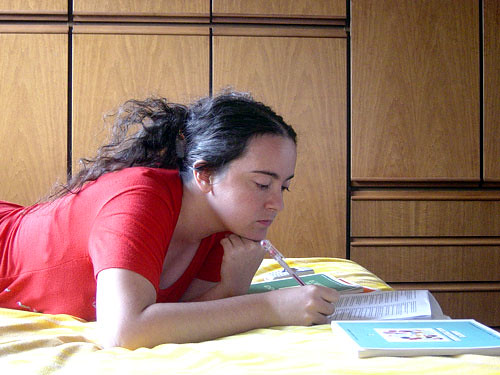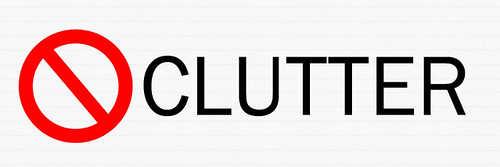And you'd be right.
But there is also that other side of editing, the side called choice, when it's really is up to you to decide how you want your story to go. Allow me to share some examples:
 |
| Photo by: the Italian voice, courtesy of Flickr |
2. Editing and editing and editing, for the sake of making something "perfect" will usually ruin a nice piece of writing. Edit. Stop. Pass your manuscript on to someone else. Have them edit. Read your manuscript again. Edit for a final time. You may even want to edit after two weeks of shelving your manuscript, but edit and then move on.
3. Move on! Once you've finished that first chapter, move on to chapter two, don't try and fix chapter one. Move forward. Get at least halfway through your book before going back to chapter one and trying to fix it. This will keep you from staying on chapter one forever more.
4. Incomplete sentences work sometimes. Made up words work sometimes. It's okay to break the rules, but make sure the sentence or paragraph works.
5. If you're going through a traditional publisher, you will have less control of what is edited; so be aware. If you feel strongly about a scene, a phrase or even a word change, mention your concerns to your publisher. You may win them over, but you may not.
 |
| Photo by: Sean MacEntee, courtesy of Flickr |
Editing is kind of like cleaning out a cluttered room. Sure, you want to get rid of excess baggage, but you also want to keep the natural beauty intact.

No comments:
Post a Comment
Thank you for your comment.